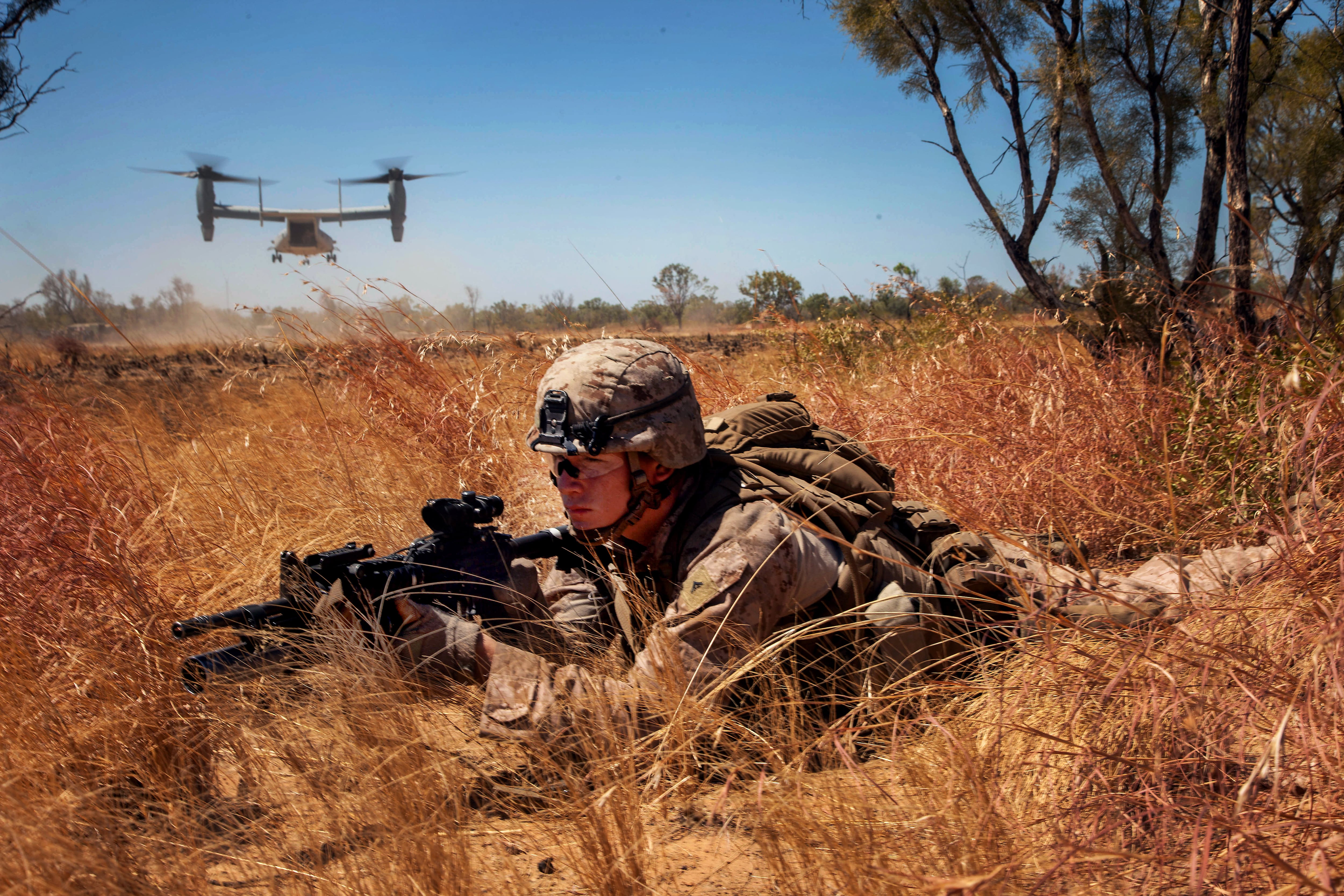As the Marine Corps grapples with a high operations tempo, the top Marine on Thursday said he wants to increase the time Marines get to spend at home.
Marines usually spend about 12 months at home for every six months deployed, Commandant Gen. Robert Neller said, noting that he would like to see dwell time rise to 18 months for most Marines.
The current operational tempo for Marines is high.
“I wish it were a little bit better,” Neller told audience members at a defense discussion Thursday at the Atlantic Council in Washington, D.C.
“Not because I don’t want Marines to deploy, because when 62 percent of your force is 25 years old or younger, they want to go and do stuff,” he said. “They didn’t join to sit home on their sea bags.”
But the Corps also needs to cater to its career force and maintain proper readiness in a multitude of technical trades if it wants to deter rising states like Russia and China.
High deployment cycles and short dwell times can “decrease your time to get ready,” Neller said.

It’s a lofty goal, as the Corps continues to send Marines to the ends of the globe.
Marines are kicking off a third rotation to Norway to train for a cold-weather fight, and this year’s rotation to Darwin, Australia, is larger than ever before. This is all happening while the Corps is still embroiled in a counterinsurgency, fighting off ISIS in Iraq and Syria, and advising Afghan forces to counter Taliban gains.
There are two ways for the Corps to increase dwell time at home, according to the top Marine.
One way is to make the force larger, and the Marines are doing just that, adding almost 1,400 Marines to plug gaps in cyberspace, signals intelligence, information warfare and Marine special operations.

The other way is to decrease requirements, according to Neller.
But the Corps is thinking of alternative ways to adapt to its high operation tempo, such as taking “advantage of being on ship more,” Neller said.
Shawn Snow is the senior reporter for Marine Corps Times and a Marine Corps veteran.





